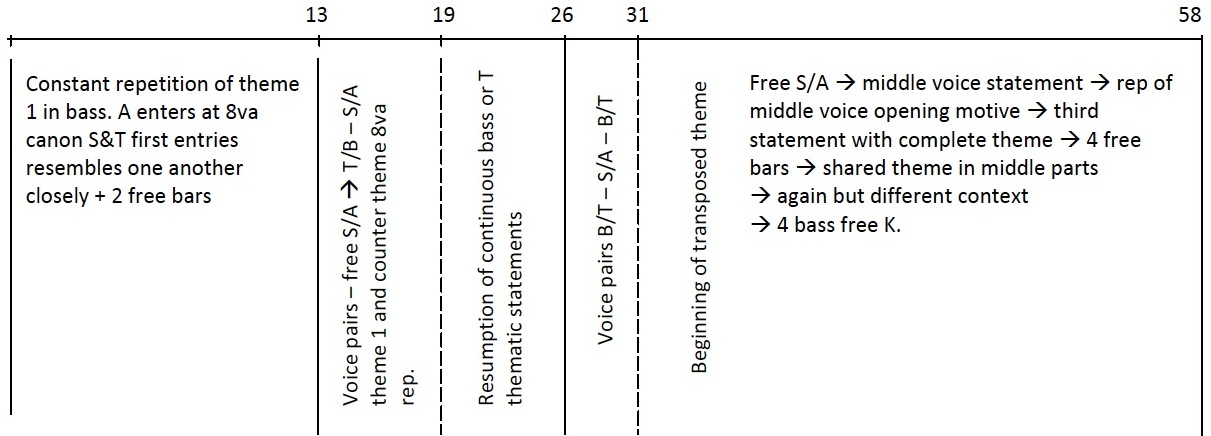Diego Pisador
Fantasía 05, del tercer tono sobre mi la sol la mi fa sol mi
Libro de música para vihuela (1552), fol. 18
pi036
| Source title | Fantasia del tercero tono,va asseñalada/ sobre,mi.la.sol.mi.fa.sol.mi. Es la claue de cesolfaut/ la tercera en tercero traste. |
|---|---|
| Title in contents | Fantasia del tercero tono, va señalada la boz que se canta de colorado. |
| Text incipit | mi la sol mi fa sol mi |

Music
Category abstract
Genre fantasia
Fantasia type ImM
Mode 3
Voices 4
Length (compases) 115
Vihuela
Tuning G
Courses 6
Final V/4
Highest I/9
Lowest VI/0
Difficulty not specified
Tempo not specified
Song Text
Language
Vocal notation texted cifras rojas solmised
Commentary
Rubric: “Fantasia in mode 3, it go indicated, on mi la sol mi fa sol mi. The C clef is on the third [course] at the third fret.” This is a monothematic fantasia, set with imitation in a similar manner to Fantasia 3 (pi034). It is constructed as continuous polyphony with no sectionalization, but is divisible by texture and content. 58 bars length = 115 compases. The cantus firmus appears in original position, and transposed beginning on B, and in several rhythmic guises. Some of the later appearances are disguised and shared between up to three voices. Thematic appearances predominate in lower parts. In total, the theme appears 17 times, distributed as follows: S-2; A-4; T-5; B-6 (Shared are assigned by majority of pitches. The use of transposed theme is marked by free interludes of quite substantial size between statements and by part sharing that is bar from bar 27to the end = the second half of work. Voice pairing used with a virtually identical counter theme. Cadences are on E, A, C, and thus correspond to modal norms
In this fantasia there is less use of four-voiced texture than in previous monothematic works especially bars 26-38 and also 13-19, or even taken together, bar 13-38. There are several irregular cadences, especially due to the last 2 notes of cantus firmus G–E. Pisador sets up what looks like a V-I cadence with G as the “dominant”, but resolves on to “E minor”. Note especially the final cadence with a sub-semitone final onto the 3rd of the chord & mode, the notes g–f#–g forming a melodic cadence but resolving onto an E chord. This fantasia has repose, and the cantus firmus is not made abundantly evident throughout giving the effect of being through composed. It begins like an imitative fantasia. The use of quaver motives in bars 28ff gives new interest as does the C. Sq Sq C rhythmic motive formed from a dotted crotchet+2semiquavers+crotchet. ()The bar numbers here refer to a transcription with two compases of tablature in each transcribed bar.)
